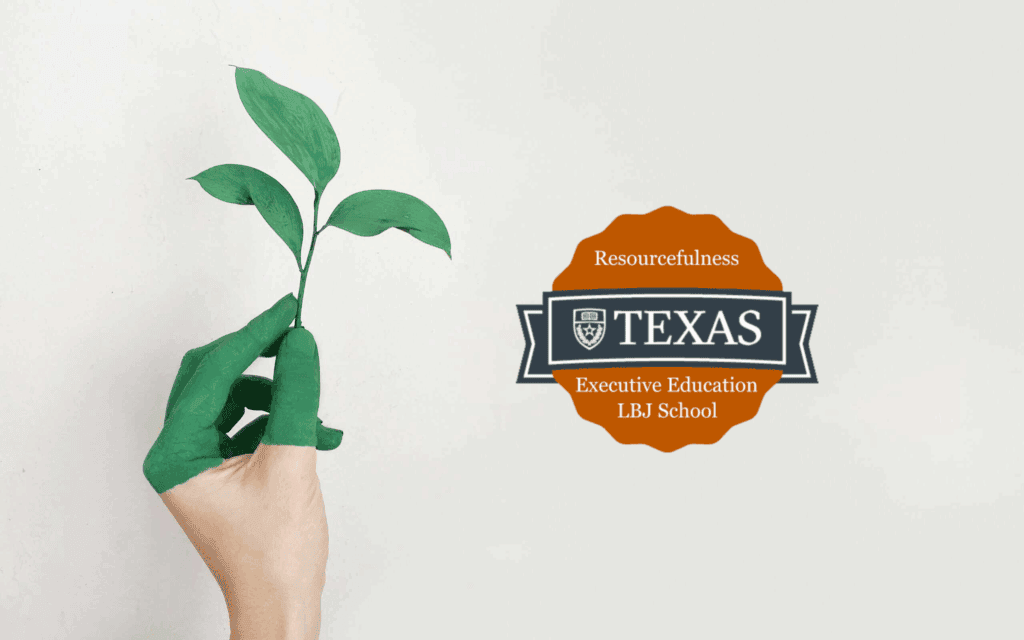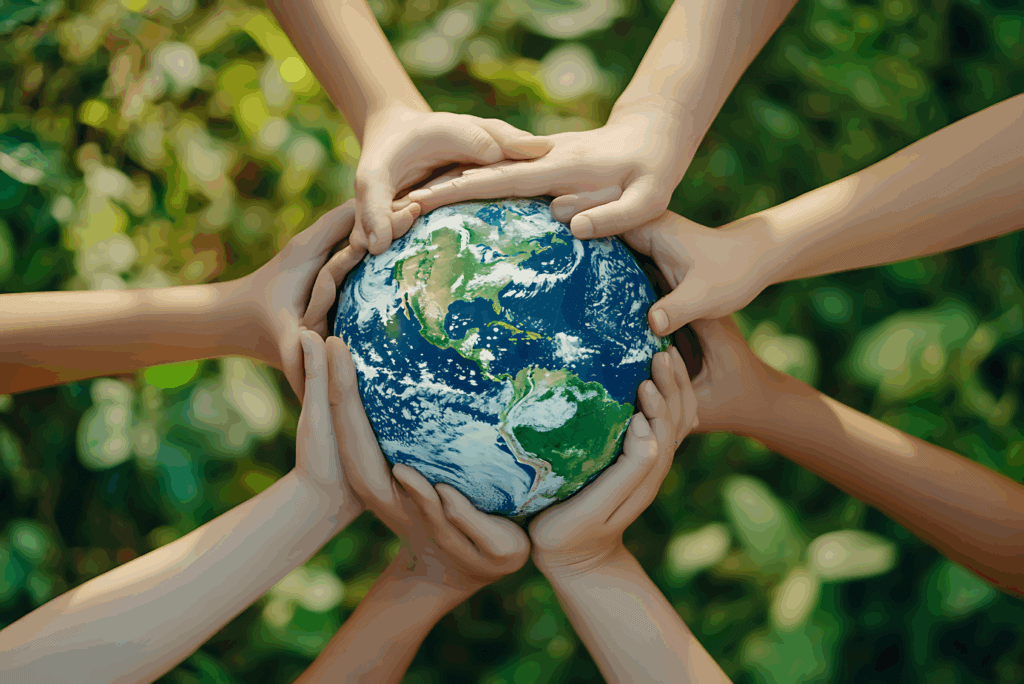Emerging in 1970 amid an environmental movement fueled by mounting concerns over pollution, biodiversity loss, and the degradation of natural habitats, Earth Day has since become an annual global celebration held on April 22nd. Over the years, it has transformed into a powerful force for environmental action, galvanizing millions worldwide to champion environmental awareness and sustainable practices. Today, Earth Day serves as a resounding call to action for individuals, communities, and governments to prioritize environmental stewardship and collaborate towards a more sustainable future. But, above all, it serves as a poignant reminder of our collective responsibility to safeguard and nurture the planet we all call home.
In 2024, Earth Day’s central theme, “Planet vs. Plastics,” underscores the urgent imperative to combat plastic pollution and achieve a 60% reduction in plastics by 2040. This includes everything from addressing the detrimental impacts of single-use plastics to pushing for legislation to penalize the fast fashion industry for the damage it continues to inflict on our environment. With an eye towards forging a plastic-free legacy for future generations, Earth Day 2024 is dedicated to mobilizing action across various fronts. This includes raising public awareness about the adverse effects of plastic waste on human, animal, and environmental well-being, alongside advocating for a complete phase-out of all single-use plastics by 2030.
What is plastic?
In our modern world, plastic seems to be everywhere from our food deliveries and our water bottles to our accessories and shoes. But what exactly are plastics, and how do they impact the environment?
Plastic is a synthetic material made from long chains of molecules derived primarily from fossil fuels known as polymers. It’s a material that has become ubiquitous in modern society due to its versatility, durability, and low cost of production. Typical uses of plastic can include anything from packaging and consumer goods to construction materials and textiles. However, it’s important to note that not all plastics are equal. There is a wide variety when it comes to plastic types, which are categorized based on both their chemical composition and properties. Some common types include polyethylene (PE), polypropylene (PP), polyvinyl chloride (PVC), polystyrene (PS), and polyethylene terephthalate (PET). This means that while some plastics can be recycled, not all types are equally recyclable. In fact a large amount of plastics are unable to be or are not bothered to be recycled at all, leading to extreme environmental damage.
Why are plastics harmful?
Plastics became popular in part due to their amazing versatility and durability. After all, a material that can protect goods from the elements at a low cost can be a great asset. However it is this longevity that makes plastic problematic for the planet’s health. If left to decompose in a landfill or body of water, plastics can persist in the environment for hundreds of years, contaminating ecosystems and harming wildlife. Lack of regulation and persistent overuse has resulted in millions of tons of plastic waste that today can be found in the planet’s oceans, rivers, lakes, soil, and even in the air we breathe. This disrupts natural habitats, threatening biodiversity, and altering the balance of delicate ecosystems.
To complicate things further, plastics can also enter our bodies through various pathways, including ingestion, inhalation, and dermal absorption. Microplastics, tiny plastic particles less than 5 millimeters in size, have even been detected in food, water, and air samples, raising concerns about their potential health impacts. Exposure to plastics and their associated chemicals have additionally been linked to a range of health risks, including reproductive disorders, hormonal disruptions, and respiratory problems. Yet, the plastics alone aren’t the only problem. Certain additives used in plastics, such as phthalates and bisphenol A (BPA), have been identified as potential endocrine disruptors with adverse effects on human health.
What can you do to help?
Various alternatives to traditional plastics have emerged to address the challenges posed by plastic pollution. These include biodegradable plastics made from renewable resources, such as plant-based polymers, as well as innovative materials in the form of compostable plastics and edible packaging. Additionally, initiatives promoting the use of reusable containers, eco-friendly packaging, and sustainable materials aim to reduce reliance on conventional plastics and promote a circular economy model. By embracing alternatives to plastics and adopting sustainable consumption practices, individuals and businesses can contribute to mitigating the impacts of plastic pollution and building a more sustainable future for our planet.
Given the omnipresence of plastics in our modern lives, challenges are inevitable. Therefore, it is imperative to advocate for policies that penalize environmentally destructive industries who rely heavily on these types of materials. Furthermore, prioritizing investments in innovative technologies is crucial to facilitate the transition towards a plastic-free future. As a consumer the best thing you can do is avoid single use plastics whenever possible. Bringing reusable bags to the grocery store, purchasing a metal straw and making use of your favorite reusable water bottle are a great way to start. Are you interested in learning more about the energy sector, energy careers and the impact of our actions on the environment? Visit Smart Energy Education today to learn more.






